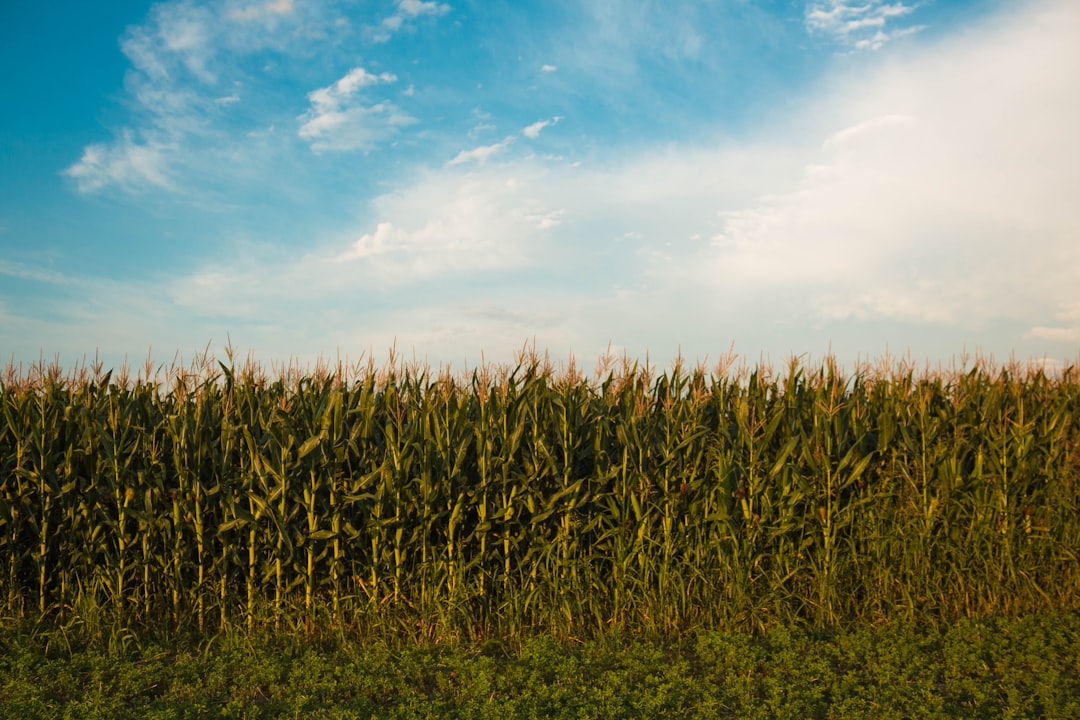What is it about?
We examined the morphological response of two octocoral species to organic pollution in Cuba. Our study sites depicted a gradient in water quality, from reefs heavily enriched with organic matter and nutrients in front of the main river basins of the city of Havana to reef sites that were far from river basins and from the urban, touristic, and industrial development of Havana. Elucidating the effect of pollution on the morphology of octocorals can provide some hints to understanding how this group has become increasingly dominant on Caribbean reefs while other taxa, such as reef-building corals, have steeply declined during the last decades. We found that anthropogenic pollution has a strong influence on the size of sensitive species, being the main driver in the decrease in the size of Eunicea flexuosa, while the size of more tolerant species, such as Plexaura kükenthali remained constant across the gradient.
Featured Image

Photo by NOAA on Unsplash
Why is it important?
Octocorals are one of the benthic groups with the highest biomass and abundance in coral reefs, playing a significant structural and functional role in this ecosystem. Currently, these organisms are increasing in abundance in Caribbean reefs. Therefore, the importance of this work lies in contributing to the understanding of the biological and ecological processes that influence the resilience of this group in response to environmental changes. One of the main findings was that anthropogenic pollution influenced octocoral size based on the species' life strategies in the northwestern Cuban reefs. Anthropogenic pollution explains the decrease in the size of a species of octocoral sensitive to this factor, such as Eunicea flexuosa, and therefore this could result in a decrease in the potential of this species to provide habitat to other species. Contrastingly, we did not find a decrease in the size of the species Plexaura kükenthali in reefs impacted by anthropogenic pollution. Therefore, its morphometric tolerance appears to be a biological trait that could explain its greater abundance under these environmental conditions. These discoveries highlight the importance of tolerant octocoral species in providing structure and habitat for various organisms, especially in environments with increasing anthropogenic pollution, a situation that is becoming more common in the marine-coastal zones of the Caribbean.
Perspectives
This article contributes to the biology and functional ecology of Caribbean octocorals and provides evidence of their species-specific responses to anthropogenic environmental changes in coral reefs. The results contribute to explaining the increase in the octocorals' abundance, using two species with different life strategies as models in coastal reefs influenced by discharges from polluted river basins. I hope that the results will underscore the importance of including octocorals in coral reef monitoring programs to contribute to their conservation since they provide a key structure and function in an ecosystem that is increasingly degraded by multiple stressors.
Dr. Néstor Rey Villiers
Instituto Politecnico Nacional
Read the Original
This page is a summary of: Morphometric responses of two zooxanthellate octocorals along a water quality gradient in the Cuban northwestern coast, PLoS ONE, August 2023, PLOS,
DOI: 10.1371/journal.pone.0290293.
You can read the full text:
Resources
Contributors
The following have contributed to this page










